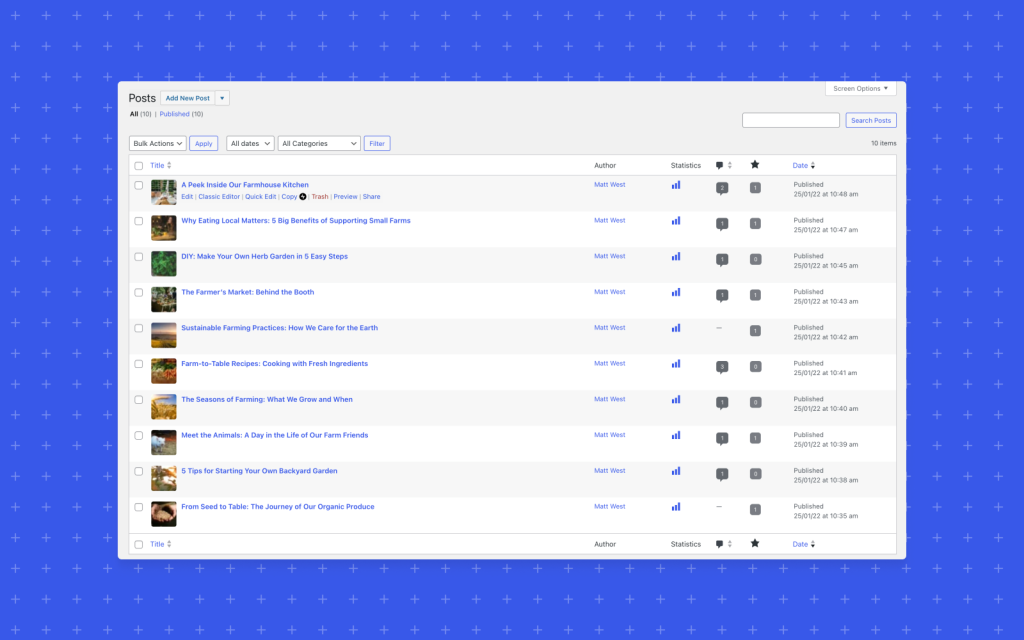
WordPress.com has made waves in the blogging community with its latest decision to retire Calypso, the modern JavaScript-based dashboard, in favor of moving towards a more “core” WordPress experience. Over the weekend, the team rolled out a significant interface update, part of an ongoing project to unify WordPress.com with the self-hosted WordPress (WordPress.org) environment. However, user feedback so far has been less than enthusiastic.
The Shift Towards “Core”
For years, WordPress.com had set itself apart from its self-hosted counterpart by offering Calypso, an intuitive, sleek, and modern interface that relied on JavaScript and REST API. This provided a streamlined experience for users who preferred a more app-like interface to manage their websites. The decision to phase out Calypso marks a major shift as WordPress.com attempts to align itself more closely with the traditional WordPress “core” dashboard used by WordPress.org users.
According to WordPress.com’s announcement on their blog, the interface update is part of a broader plan to unify their products and provide a more consistent user experience across the platform. Recent updates to navigation and settings have also aimed at this goal, creating a more “familiar” environment for those already acquainted with the WordPress core experience.
User Reactions: A Mixed Bag
The announcement has sparked debate among WordPress.com users. While some appreciate the effort to create a unified experience, many have expressed dissatisfaction with the changes, citing issues with the new user interface (UI) and user experience (UX).
In the blog post’s comments section, recurring themes include:
- Degraded UI and UX: Users lament that the new interface feels clunky and less intuitive compared to the polished experience Calypso provided. Some have noted that certain workflows, such as editing posts or navigating settings, now take more clicks or feel less streamlined.
- Loss of Innovation: Calypso’s modern design and seamless integration were praised as a standout feature of WordPress.com. Its removal has left some users questioning whether the platform is taking a step backward.
- Familiarity Doesn’t Equal Usability: While the goal of unifying the experience with WordPress core may benefit those transitioning from WordPress.org, long-time WordPress.com users argue that this shift ignores their needs and preferences.
One commenter shared, “The new dashboard feels like a downgrade in every sense. Calypso was intuitive and fast. This new approach makes everything harder to find and feels outdated.”
Another user stated, “I’ve been with WordPress.com for over a decade because it was modern and easy to use. This move makes me reconsider if it’s still the best platform for me.”
The Bigger Picture
This decision aligns with WordPress’s broader philosophy of focusing on its open-source “core” experience. By retiring Calypso and consolidating development efforts, Automattic (the company behind WordPress.com) can potentially improve feature parity between WordPress.com and WordPress.org. However, it’s clear that this comes at the expense of alienating users who valued Calypso’s distinctiveness.
The update also raises questions about how WordPress.com positions itself in the competitive website builder market. With platforms like Squarespace and Wix continuing to innovate with cutting-edge UIs, WordPress.com’s decision to align itself more closely with the traditional WordPress dashboard could make it harder to attract users who prioritize ease of use.
Similarly, UltimateWB offers a compelling alternative for users who seek a more integrated, customizable solution that doesn’t require constant shifts in design or functionality. Its flexibility and ease of use make it a strong competitor for those looking for an intuitive website builder that combines power with simplicity.
What’s Next?
WordPress.com has indicated that this update is just the beginning of a gradual rollout of changes over the coming months. While this suggests that there’s room for refinement, the current backlash highlights the importance of listening to user feedback during such transitions.
For users dissatisfied with the new experience, there’s little choice but to adapt or consider alternative platforms. For Automattic, the challenge lies in balancing their long-term vision with the immediate needs of their user base—a task easier said than done.
What are your thoughts on WordPress.com’s shift away from Calypso? Let us know in the comments!













